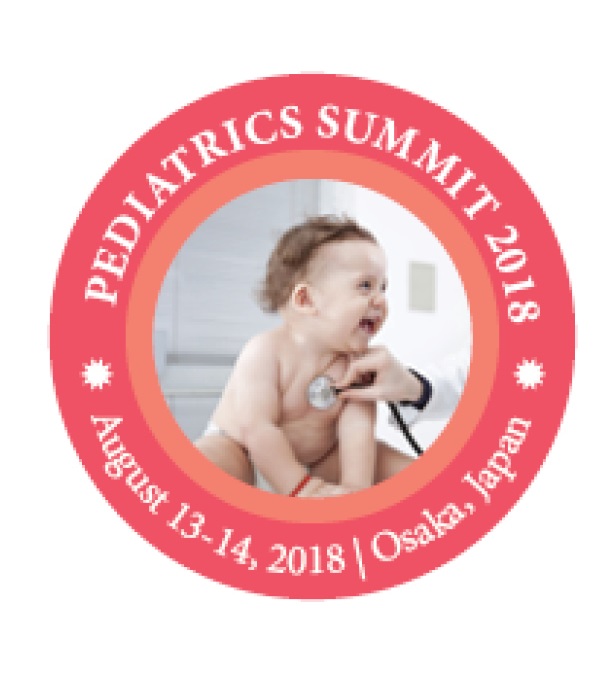Xiaoli Pang
University of Alberta, Canada
Title: Enhanced detection of enteropathogens in children with acute gastroenteritis - A prospective study
Biography
Biography: Xiaoli Pang
Abstract
Acute gastroenteritis (AGE) is a very common childhood condition. Current pathogen-specifi c disease burden may be inaccurate due to bias introduced by diffi culties in obtaining stool samples, the low sensitivity of classic diagnostic assays and the inability of laboratories to conduct testing in vomiting-only cases. Th e Alberta Provincial Pediatric EnTeric Infection TEam (APPETITE) conducted a prospective study to detect enteropathogens causing diarrhea and/or vomiting in Albertan children using enhanced specimen collection and advanced diagnostic assays. Children under 18 years of age with AGE were recruited through two pediatric Emergency Departments (ED) and a telephone Health Advice Service (HLA). Rectal swabs and stool samples were collected and tested for 5 viruses, 9 bacteria and 3 parasites using enteric bacteria culture assays, an in-house RT-qPCR gastroenteritis virus panel and the Luminex xTAG GPP. 2,427 children with AGE were enrolled in the EDs and 647 were enrolled via HLA from Dec 2014 to Jan 2018. 72.9% (n=2,199) of the 3,018 symptomatic patients tested positive for ≥ 1 enteropathogen. Norovirus was the most commonly detected pathogen (n=807, 26.7%), followed by adenovirus (n=563, 18.7%) and rotavirus (n=507, 16.8%). Sapovirus (n=297, 9.8%) and astrovirus (n=106, 3.5%) were less prevalent. Clostridium diffi cile was detected in 14.4% (n=436) of AGE cases. Excluding C. diffi cile, other enteric bacteria and parasites were detected in 5.9% (n=176) and 16 (0.5%) patients, respectively. Th is study provides a better understanding of the relative proportion of enteropathogens in children with AGE.

